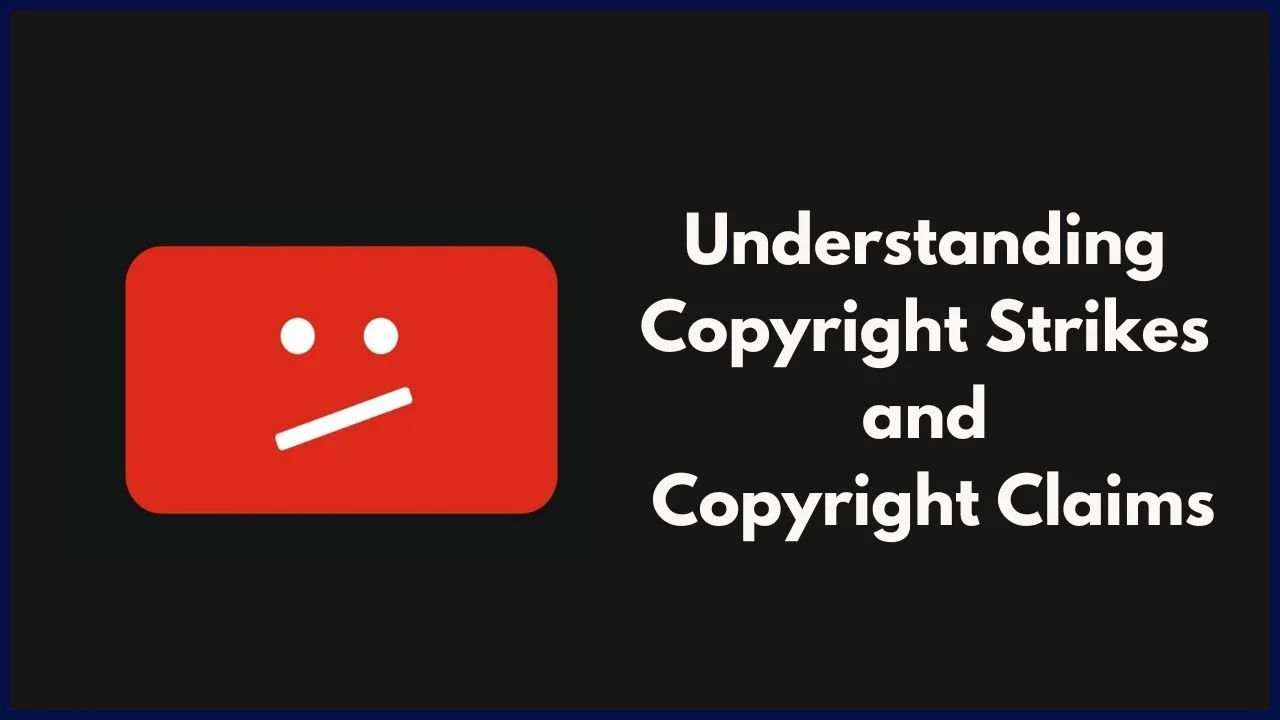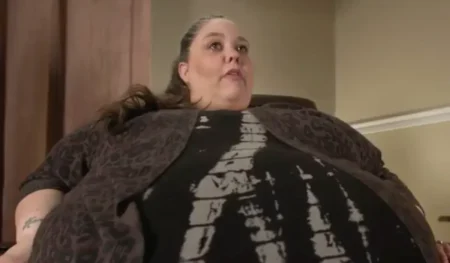Imagine pouring weeks into crafting the perfect YouTube video, only to wake up to a chilling notification: “Copyright strike issued against your channel.” Your heart sinks as you realize your hard work could vanish overnight, and your channel faces suspension. For creators worldwide, this nightmare scenario underscores why understanding how to remove copyright strike on YouTube is non-negotiable in 2024. With YouTube enforcing stricter policies and AI-driven Content ID systems becoming more pervasive, a single misstep can jeopardize years of effort. This guide delivers actionable, up-to-date solutions verified by digital rights experts and YouTube’s own policy updates.
How to Remove a Copyright Strike on YouTube: Your Step-by-Step Action Plan
Receiving a copyright strike triggers a 90-day countdown where unresolved penalties can cripple your channel. Acting swiftly is critical. Start by logging into YouTube Studio and navigating to the “Copyright Notices” section. Here, you’ll see the claimant’s details, the specific content flagged, and your options. YouTube’s copyright transparency report reveals that over 60% of disputes originate from music or unlicensed footage. If the claim is erroneous—say, you licensed the content or it qualifies as fair use—select “Request Retraction” to ask the claimant to withdraw it voluntarily. Many creators don’t realize claimants often comply if evidence is provided, avoiding legal escalation.
Should retraction fail, file a counter-notification via YouTube’s web form. This legally binding document requires your full legal name, contact information, and a statement under penalty of perjury that the removal resulted from “mistake or misidentification.” Crucially, explain why your use is lawful, citing exemptions like fair use (e.g., commentary, education, or parody). As digital rights attorney Emma Llansó notes, “Courts evaluate fair use based on purpose, nature of the work, amount used, and market impact. Creators should document these factors before countering.” YouTube then forwards your counter-notice to the claimant, who has 10–14 business days to initiate a lawsuit. If they don’t, YouTube reinstates your content within 1–2 weeks.
For disputed claims involving royalty-free assets, platforms like Epidemic Sound or Artlist offer license verification tools. One case study showed a gaming channel reversing three strikes by providing purchase receipts for background tracks. If your counter-notice is rejected or the claimant sues, consult an intellectual property lawyer. Organizations like the Electronic Frontier Foundation offer pro bono support for fair use cases. Remember: Counter-notifications carry legal risk; only proceed if confident in your position.

Preventing Future Copyright Strikes: Proactive Strategies Every Creator Must Use
Strikes often stem from preventable oversights. First, audit your content using YouTube’s “Checks” tool before publishing. It scans for copyrighted material in real-time, flagging issues preemptively. For music, leverage YouTube’s Audio Library or services like Soundstripe, which integrate license documentation directly into Creator Studio. Video producers should use royalty-free platforms such as Pexels or Pixabay, but always verify licenses—some require attribution.
Understanding “fair use” is equally vital. Transformative works like critiques, remixes, or news compilations may qualify, but guidelines are nuanced. Harvard’s Berkman Klein Center advises creators to limit borrowed content to what’s necessary for their message and add original commentary. For instance, a film reviewer might safely use 10-second clips under analysis but avoid entire scenes. When in doubt, seek permission. Tools like RightsFlow streamline licensing negotiations for music, while stock agencies like Shutterstock offer indemnification against claims.
YouTube’s “Copyright Match Tool” also auto-flags re-uploads of your content. Enable it to protect your original work and issue takedowns against infringers. According to a 2023 study, channels using these tools saw copyright issues drop by 78%. Finally, educate yourself quarterly: YouTube’s policy hub and Creator Insider channel publish updates impacting copyright enforcement.
What Are the Immediate Consequences of a YouTube Copyright Strike?
One strike triggers severe limitations:
- Live streaming and video uploads over 15 minutes are blocked.
- Monetization, end screens, and custom thumbnails are disabled.
- Strikes expire after 90 days but remain on record.
Three strikes within 90 days terminate your channel and associated accounts. Worse, algorithmic suppression can crater visibility. A 2024 Tubular Labs report showed channels with active strikes experienced a 40% average drop in views.
Expert Insights: Navigating the New Copyright Landscape
“AI-generated content has complicated copyright enforcement,” says tech policy analyst Dr. Mehtab Khan. “Systems misidentify AI voice covers or synthetic media as infringing, demanding human review.” She advises disputing AI-related claims via YouTube’s appeal form with proof of originality. Meanwhile, YouTube’s recent partnership with Universal Music aims to balance creator flexibility with rights-holder protection, emphasizing licensed AI tools.
For high-risk niches like reaction videos or cover songs, consider membership in advocacy groups like the Internet Creators Guild, which provides legal templates and support. As Khan stresses, “Documentation is your strongest shield—save licenses, communications, and creation timestamps.”
Successfully navigating YouTube’s copyright ecosystem requires vigilance, quick action, and informed prevention. Whether disputing a wrongful strike or fortifying your channel against future claims, mastering how to remove copyright strike on YouTube ensures your creative voice remains heard and your channel thrives.
FAQs: Removing YouTube Copyright Strikes
Q1: How long does a copyright strike last on YouTube?
A copyright strike remains active for 90 days. During this period, your channel faces restrictions like shortened upload limits. After 90 days, the strike expires, but repeat violations within a year escalate penalties.
Q2: Can I appeal a copyright strike if I disagree with it?
Yes. First, request a retraction from the claimant directly through YouTube Studio. If unresolved, file a counter-notification. Provide evidence (e.g., licenses or fair use justification). Note: Counter-notifications require your legal name and contact details.
Q3: What’s the difference between a copyright claim and a strike?
A copyright claim (Content ID) usually diverts ad revenue to the claimant but doesn’t penalize your channel. A copyright strike is a formal legal penalty for infringement, restricting channel features and risking termination after three strikes.
Q4: How many copyright strikes delete a YouTube channel?
Three active copyright strikes within 90 days result in permanent channel termination. This includes deleting all videos, playlists, and associated Google accounts.
Q5: Does fair use protect me from copyright strikes?
Potentially, but it’s a legal defense, not automatic immunity. Courts weigh factors like purpose, content nature, amount used, and market impact. Document how your work qualifies (e.g., educational critique) when countering a strike.
Q6: Can licensed content still get flagged?
Yes. Automated systems like Content ID sometimes misidentify licensed material. If this happens, dispute the claim by uploading your license or invoice via YouTube Studio’s “Copyright Notices” section.
Disclaimer: This article provides general guidance only and does not constitute legal advice. YouTube policies change frequently; always verify steps via official sources like YouTube’s Help Center. Consult an intellectual property attorney for complex disputes.
iNews covers the latest and most impactful stories across
entertainment,
business,
sports,
politics, and
technology,
from AI breakthroughs to major global developments. Stay updated with the trends shaping our world. For news tips, editorial feedback, or professional inquiries, please email us at
[email protected].
Get the latest news and Breaking News first by following us on
Google News,
Twitter,
Facebook,
Telegram
, and subscribe to our
YouTube channel.



